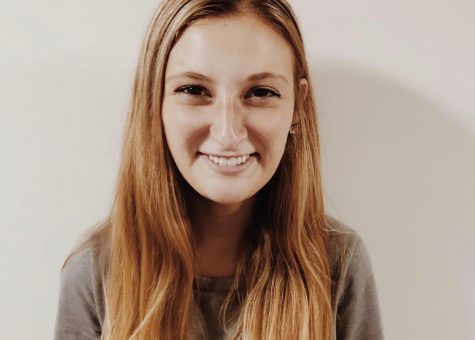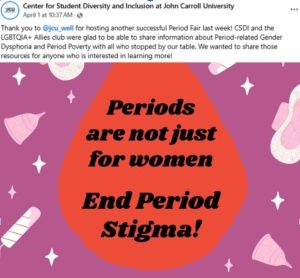Florals for Spring? Groundbreaking
Apr 14, 2019
A few days ago, as I was scrolling through Instagram, I was pleasantly surprised to see one of my favorite bloggers post on her story about how barrettes were back in style. This particular influencer was very happy about it, since she loved them.
I was happy about the news. I personally love the current hair trends like hair scarves and scrunchies. But would I like these items regardless of them being in style at the moment?
Upon reading the latest trend of barrettes being in style, I wondered, who dictates what items are “in” or “out”, and why do so many people follow these trends?
Sure, people consistently have their own personal styles (girly, edgy, bohemian, preppy), and there are things that will continually be “in” every season (florals for spring), but how and why are we so easily influenced into incorporating these constantly ebbing and flowing trends into our respective fashion senses?
After some quick research, I found that Fashion Week is really where people see new trends emerge. Barrettes made their first major appearance (or reappearance) at New York Fashion Week in February 2019. In an article from Elle.com, Kristina Rodulfo wrote, “It’s time to dig up your stash of Goody because barrettes, the hair accessory from your childhood, are making a comeback.”
This still leaves me wondering, who decided this? Those who attended New York Fashion Week? Designers who showed their newest looks? If the latter is the case, then how did so many designers collectively decide barrettes, among other things, were suddenly in style?
BBC.com noted that it is no longer the elite designers of Paris, Milan and London who give rise to new trends, but that this traditional hierarchy has shifted to celebrities and other influencers, many of which have millions of followers on social media, giving them a large body of people to inspire.
While the site articulates that large fashion houses like Chanel or Gucci are still the major decision-makers of what trends to put out into the world, they ultimately aim to get these trends and new fashion ideas out to online influencers. “With followers often exceeding 50 million, their pervasive influence makes it easier than ever for a trend to pick up steam across the digital landscape.”
More than that, there are people called fashion forecasters whose whole career is to predict what fashion-related things will be trending in upcoming years.
The overall cycle goes something like this: Trend and cultural analysts predict what will be in style up to 10 years in the future. Data from those trend forecasters are used in combination with ideas from in-house designers to create a collection for a particular fashion house. A sample lookbook from the fashion house is produced and given to fashion buyers, collections are released twice a year during Fashion Week and showcased at fashion shows, fashion bloggers and online influencers post about particular trends (having the true power to make or break a style) and, finally, the trendy item is manufactured and available online or in retail stores.
Meryl Streep’s iconic character Miranda Priestly in the 2006 comedy “The Devil Wears Prada” imparted the real truth about where fashion trends come from. When you even pick out something as seemingly timeless and unstylish as a blue sweater, Streep’s character says you’re playing right into the hands of the fashion industry.
“What you don’t know is that that sweater is not just blue, it’s not turquoise. It’s not lapis. It’s actually cerulean. And you’re also blithely unaware of the fact that in 2002, Oscar de la Renta did a collection of cerulean gowns. And then I think it was Yves Saint Laurent, wasn’t it, who showed cerulean military jackets? And then cerulean quickly showed up in the collections of eight different designers. And then it filtered down through the department stores and then trickled on down into some tragic Casual Corner where you, no doubt, fished it out of some clearance bin.”
So I suppose most of us are just followers of influencers who are followers of fashion houses who are followers of trend forecasters.
Regardless of how they come about, trends will always continue to change. While they’re fun to follow, I personally think having a classic and original style that is able to last throughout time is best way to be fashion forward.












